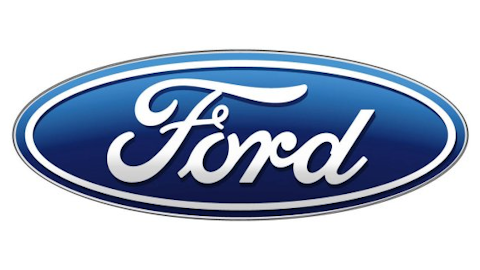What does a company do when it is trying to make a statement to the world that it believes in itself, it is confident about its prospects, and its plans are going well? The answer is simple – it promises returns! This is exactly what Ford Motor Company (NYSE:F) seems to have done when it announced in January that it would be double its quarterly dividend to $0.10. This was adequately acknowledged by the investor community, leading to a 2.8% rise in the stock. However, since then there has been a twist in the tale. The announcement of Ford’s European losses has resulted in a weakness in the stock price. And this in turn is offering investors a yield well above 3%, making the stock even more attractive.

It is certain that Ford will not risk announcing a dividend cut in the foreseeable future after it has toiled for years to boost the confidence of investors. So, it is confident about doing good business and has a solid liquidity position. In the fourth quarter the company made pre-tax profits of $1.7 billion, or $0.31 per share, beating analyst estimates of around $0.26 per share. This was driven by stellar results in the US as the F-series pick-ups continued to make money for the company. This range contributes the lion’s share to Ford’s global profits, and it bodes well that January sales were up 22%.
Ford has predicted that it will be earning more in North America in 2013 and will be increasing market share. It is true that investor enthusiasm was dampened a little when the company said that it expects a 10% margin in North America, lower than the 10.4% it made in 2012. The analysts were expecting something close to the 11% mark, and this spurred debate over whether Ford was deliberately providing a soft guidance with hopes of beating the same. The only fact that emerges from this is that no one doubts Ford’s margins and profit prospects and provides us a good bit of comfort regarding the dividend boost.
Let us examine GM and Toyota Motor Corporation (NYSE:TM), for example. GM does not pay dividends, but its CEO’s reference to making it the most valuable company in the world is a clear indication that it is aspiring for gains in market value. And the key to achieving this is in its margin prospects. Incidentally GM’s US margins have been close to 8%. This is below Ford’s, and the gap is increasingly bothering GM followers. It is also to be kept in mind that the company is not making money in China as the small cars like Wuling, which are popular there ,are quite low on profitability. Moreover, a majority of the profits goes to the Chinese joint venture partners. However, GM’s stock does offer upsides given its solid results. The Government’s decision to divest its stake in GM, which it had acquired during the 2009 bailout, increases the faith of investors in the company’s fundamentals. However, at the current valuations together with the nice dividend yield, Ford look more appealing.
Meanwhile Toyota looks to be fairly valued, and any significant upsides are unlikely. It is true that the company has unseated GM from its position as the largest automaker in the world in 2012 and it also the most valuable auto company in terms of its market capitalization. However, it has plenty of challenges at hand. It was lucky that its announcement in January to recall vehicles from around the world did not impact its stock. There was a widespread furor over Toyota’s recalls in 2009-2010, and a repeat performance would be very undesirable, to say the least. Also, the company has yet to announce a strategy for Europe or even China. In China it has been badly affected by the boycott of Japanese cars in the second half of 2012, which caused sales of Toyota vehicles to be 25% below expectations.
If Ford was losing out somewhere on account of its low dividend yield, which was hovering around the 1.5% mark when the stock was trading around $14 and paying $0.05 in dividends, the situation seems to have corrected. Income-oriented investors and fund managers are bound to take note of this. I think that Ford is looking very attractive at its current valuations and offers significant upsides.
The article Ford Is Even More Attractive Now originally appeared on Fool.com and is written by Tina De.
Copyright © 1995 – 2013 The Motley Fool, LLC. All rights reserved. The Motley Fool has a disclosure policy.





